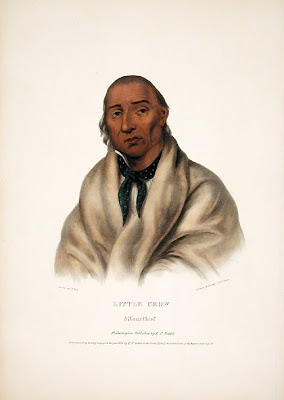My youngest son out in the field.
Calling A HorseA Kind Of Magic
By Dakota Wind
GREAT PLAINS - Today I offer a short reflection of a kind of magic I witnessed.
This evening, as the sun was setting and some fluffs of clouds cast a light pall over the evening light, my youngest son ran a fleet sprint to the fence in the back yard. Upon reaching the prickly barrier, he began to whistle as loud and as high as he could, almost birdlike like a meadowlark with short bursts of tune, then a short breath, then the same whistle again.
From over the hill and around the neighbor's fence came a brown horse with black socks and a shiny black mane, one of three horses of the neighbor's. A few years ago, our immediate next door neighbor declared to us "to be careful. That one horse bites." I've never had a horse bite me and we've not had issues with the neighbor's horses before, so I let my son finish calling the horse.
My son stood right at the fence, careful not to let the barbed wire prick him or his blue GAP hoodie, and he held his right hand up, palm out. All the while his little high-pitched whistle carried in the crisp evening air.
The horse charged across the field of dead brown grass, short to medium native prairie grasses, leftovers from last summer's growth. It slowed to a trot when it reached the fence line and tossed its mane proudly to and fro before reaching its neck over the top wire and lowering her head to Elijah's hand.
Magic? Yes it is. There's something strong and magical beating in the innocent heart of my son that calls to the pure and natural world around us, and to witness it, that was to witness something mysterious and sacred.
He called the horse and it answered.
GREAT PLAINS - Today I offer a short reflection of a kind of magic I witnessed.
This evening, as the sun was setting and some fluffs of clouds cast a light pall over the evening light, my youngest son ran a fleet sprint to the fence in the back yard. Upon reaching the prickly barrier, he began to whistle as loud and as high as he could, almost birdlike like a meadowlark with short bursts of tune, then a short breath, then the same whistle again.
From over the hill and around the neighbor's fence came a brown horse with black socks and a shiny black mane, one of three horses of the neighbor's. A few years ago, our immediate next door neighbor declared to us "to be careful. That one horse bites." I've never had a horse bite me and we've not had issues with the neighbor's horses before, so I let my son finish calling the horse.
My son stood right at the fence, careful not to let the barbed wire prick him or his blue GAP hoodie, and he held his right hand up, palm out. All the while his little high-pitched whistle carried in the crisp evening air.
The horse charged across the field of dead brown grass, short to medium native prairie grasses, leftovers from last summer's growth. It slowed to a trot when it reached the fence line and tossed its mane proudly to and fro before reaching its neck over the top wire and lowering her head to Elijah's hand.
Magic? Yes it is. There's something strong and magical beating in the innocent heart of my son that calls to the pure and natural world around us, and to witness it, that was to witness something mysterious and sacred.
He called the horse and it answered.


















